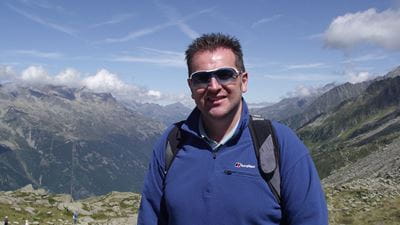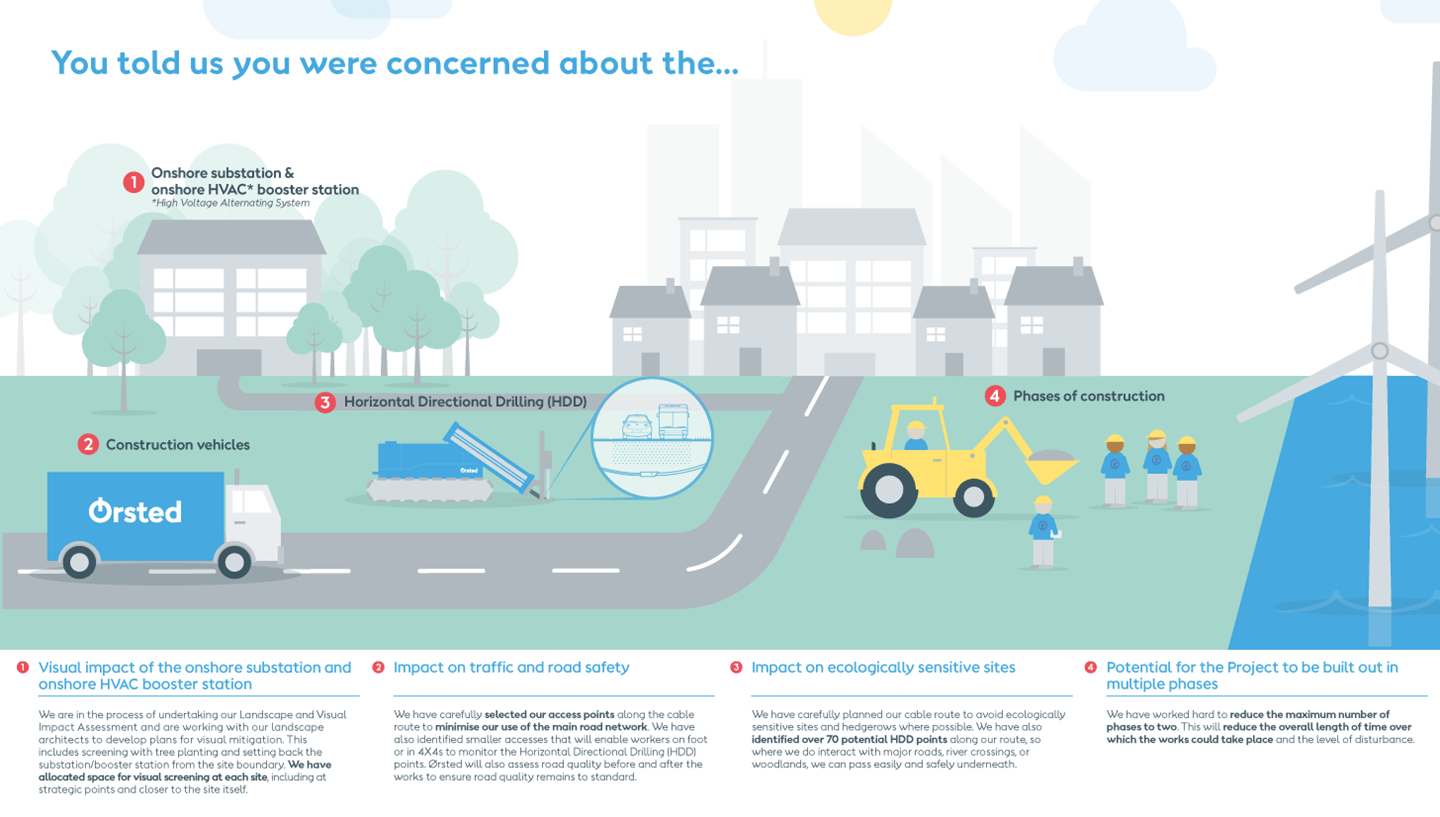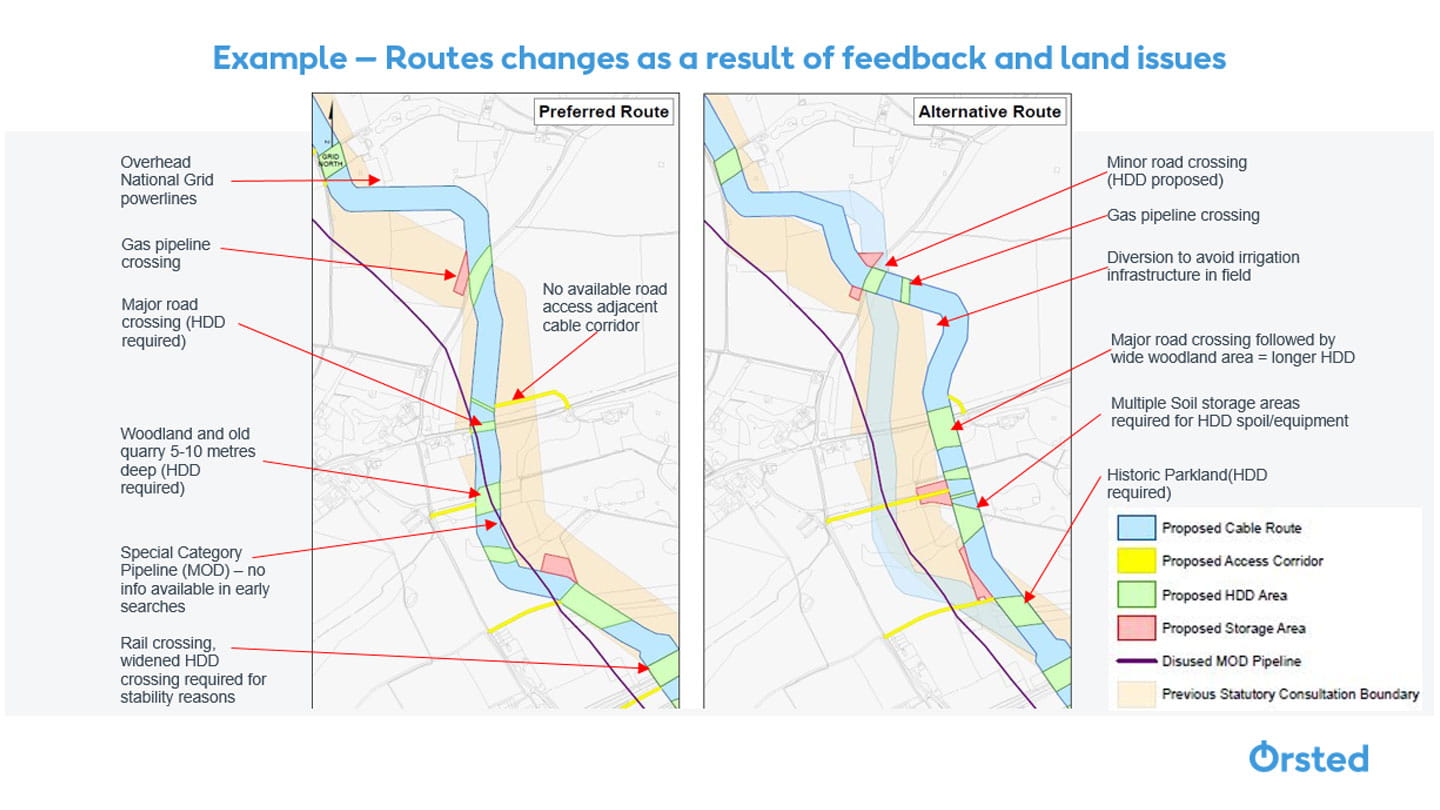A few things we’ve been working on affected landowners with recently are:
- The Cable corridor where we will bury the onshore export cables (these export cables carry electricity from the offshore wind farm to the national grid)
- The locations onshore where we propose to build our substation
- High voltage alternating current (HVAC) booster station and;
- Any access routes that may be required to facilitate the works.
We have employed Dalcour Maclaren, a local firm of Land Agents based in Thetford, who are able to work closely with landowners along the route and provide us with feedback and suggestions based on their on-the-ground knowledge of the route and the concerns that are being raised.
We recognise that no two pieces of land are the same and through our continued engagement with landowners we hope to strengthen our understanding of the land from the people who know it best. We are listening to landowners and have made some tangible changes to our project as a result of their feedback.
Here are a few ways we've responded to your feedback:


